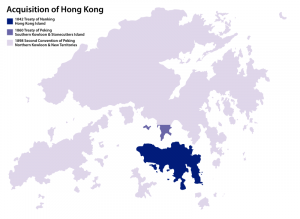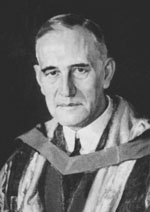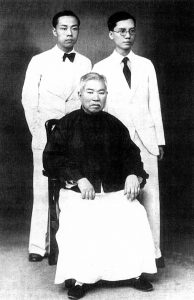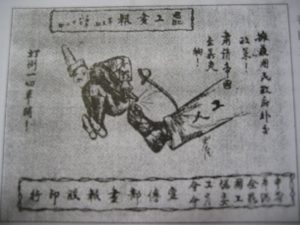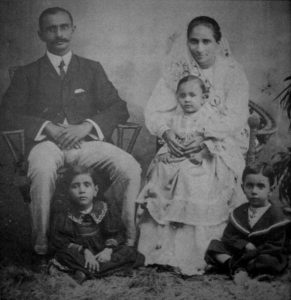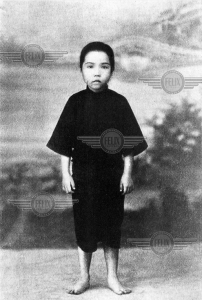Week 5: Society in Motion
I. Hong Kong in the 1920s and 1930s
- Population: ~600,000 (1921) . . . ~850,000 (1931) . . . Kai Tak Airport (1925; 1 | 2)
- Early industries: The Nanyang Brothers Tobacco Company (early 1900s; 1 | 2) . . . Kwong Sang Hong (1912; cosmetics, perfumes, soap, etc.) . . . Others (batteries, flashlights, underwear, etc.)
- Constitutional reforms: Chow Shouson (1926)
- Strikes: Mechanics’ Strike (1920; ~10,000 workers) . . . Seamen’s Strike (1922; >50 days . . . >100,000 workers)
- Canton–Hong Kong Strike (1925–1926)—May 30 Movement (Shanghai, 1925) . . . 50,000 left in the first week; 250,000 by July (out of ~725,000) . . . trade fell by 50% (loan: 3 million pounds)
II. Ambivalence of Colonialism
- Colonial gaze: The Poor Man (1923) . . . Painted Veil (1924) . . . The Port of Fragrance (1930)
- Cecil Clementi 金文泰 (1875–1947; Governor, 1925–30)—first posting to HK (1899) . . . Cantonese examination passed (1900; Cantonese Love Songs [1904] ) . . . New Territories (1904–1906) . . . International Opium Conference (1909) . . . British Guiana (1913–22) . . . Ceylon (1922–25)
- Chinese culture—University of Hong Kong (founded 1912) . . . Speech at HKU (24 June 1927) (originally in Cantonese; English trans.) . . . Lu Xun (1881–1936)
- The mui tsai question (1923/1929/1938)—the Hong Kong Anti-Mui Tsai Society (1921)
- Obviously, Singapore was not Hong Kong. But what did you learn from Janet Lim's autobiography that might help you understand the debates concerning mui tsai in Hong Kong?
- Who was S. W. Tso (feel free to take some time to look up "Tso Seen-wan")? Did any part of his "expert opinion" surprise you?
- Consider the profiles of workers in Hong Kong in the 1930s. What were some of the common traits you could identify? In what ways was gender a variable? Are there particular dimensions about these profiles that were surprising to you?
- How do you make sense of the document on "Indian pioneers"? We could assume that it was created some time around 1941. What do you think was its purpose? And what can it tell us about Hong Kong society?
Top

